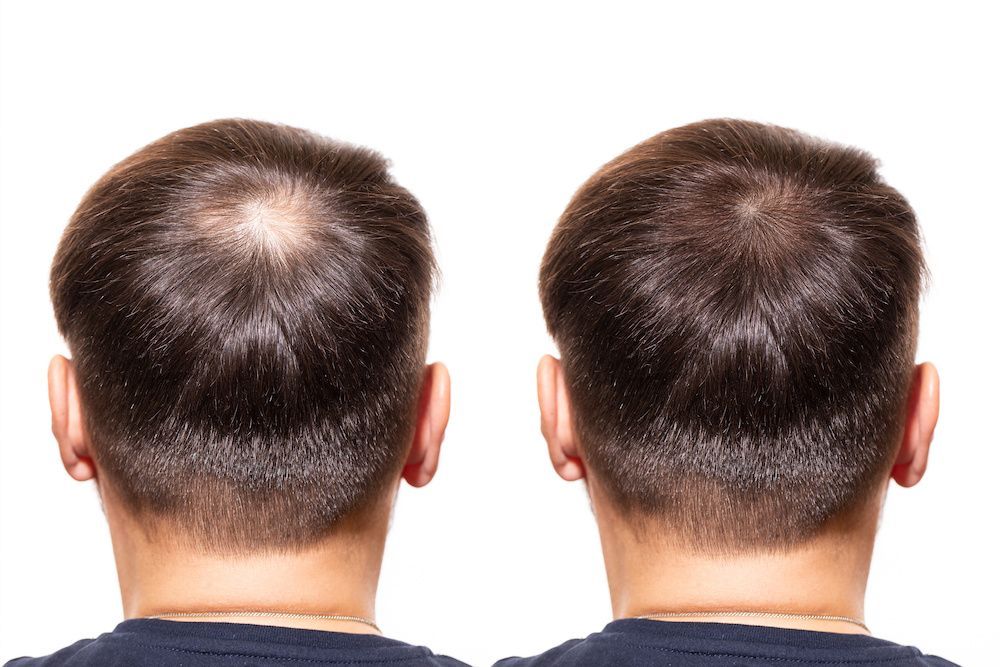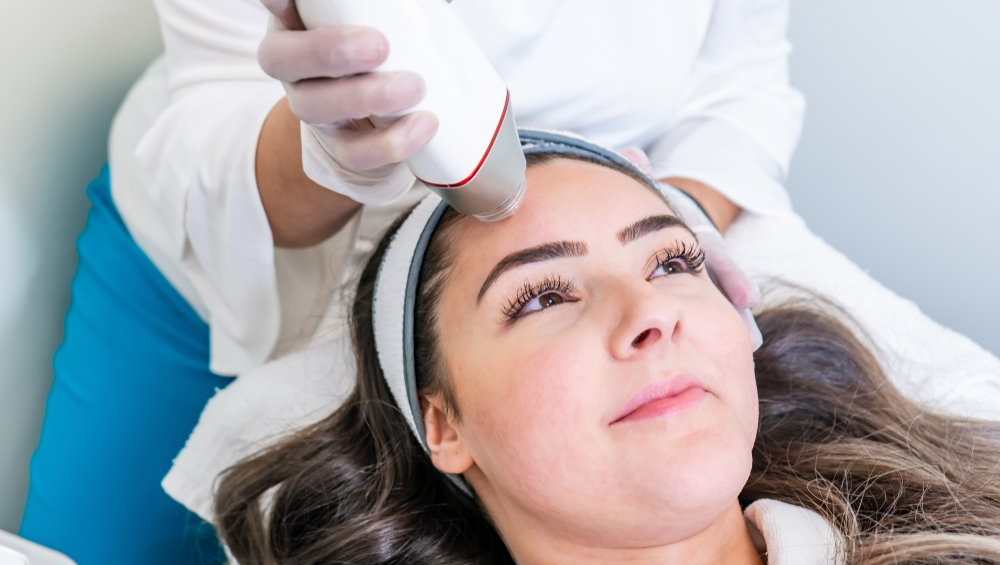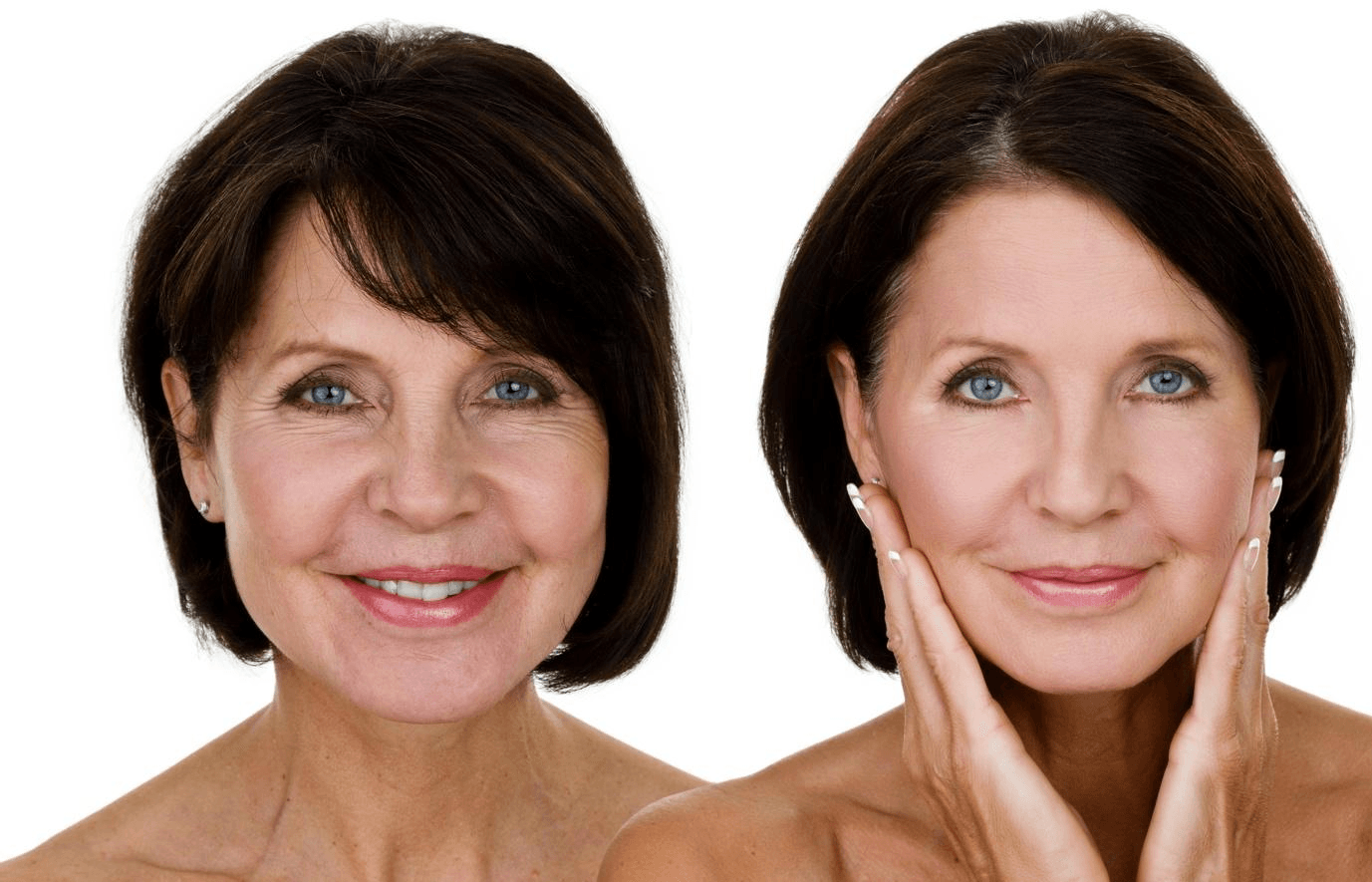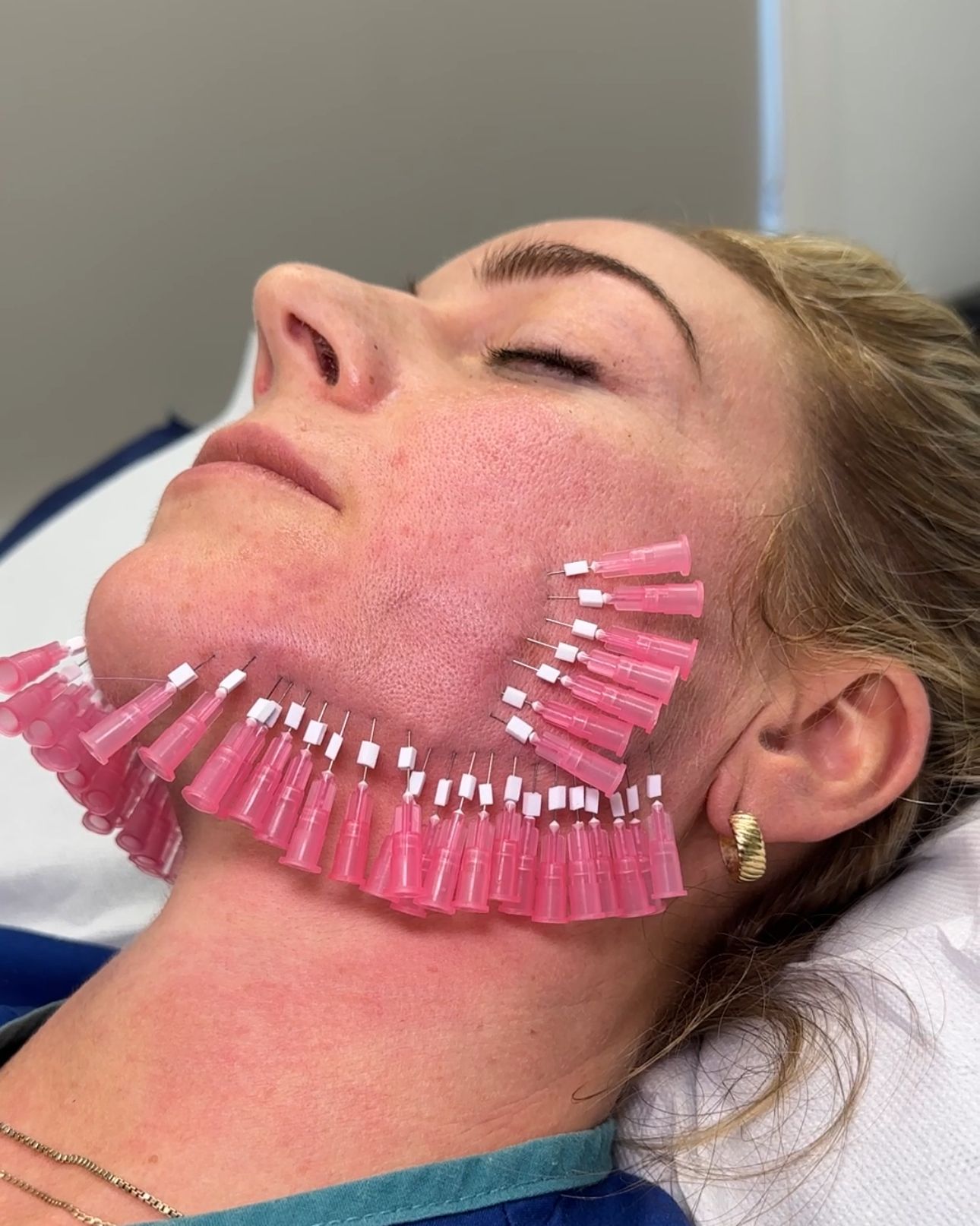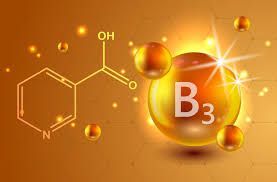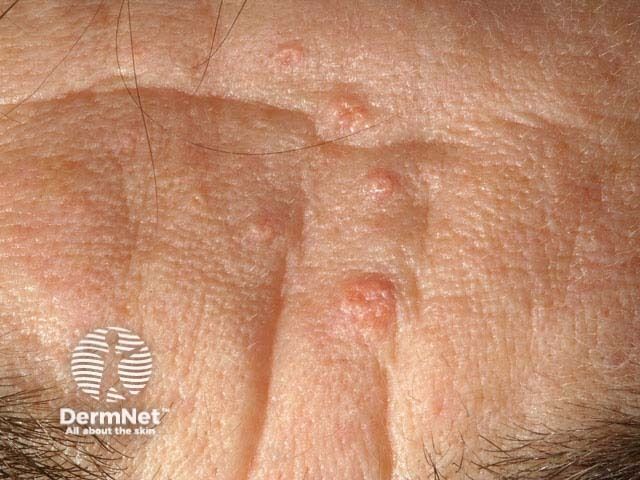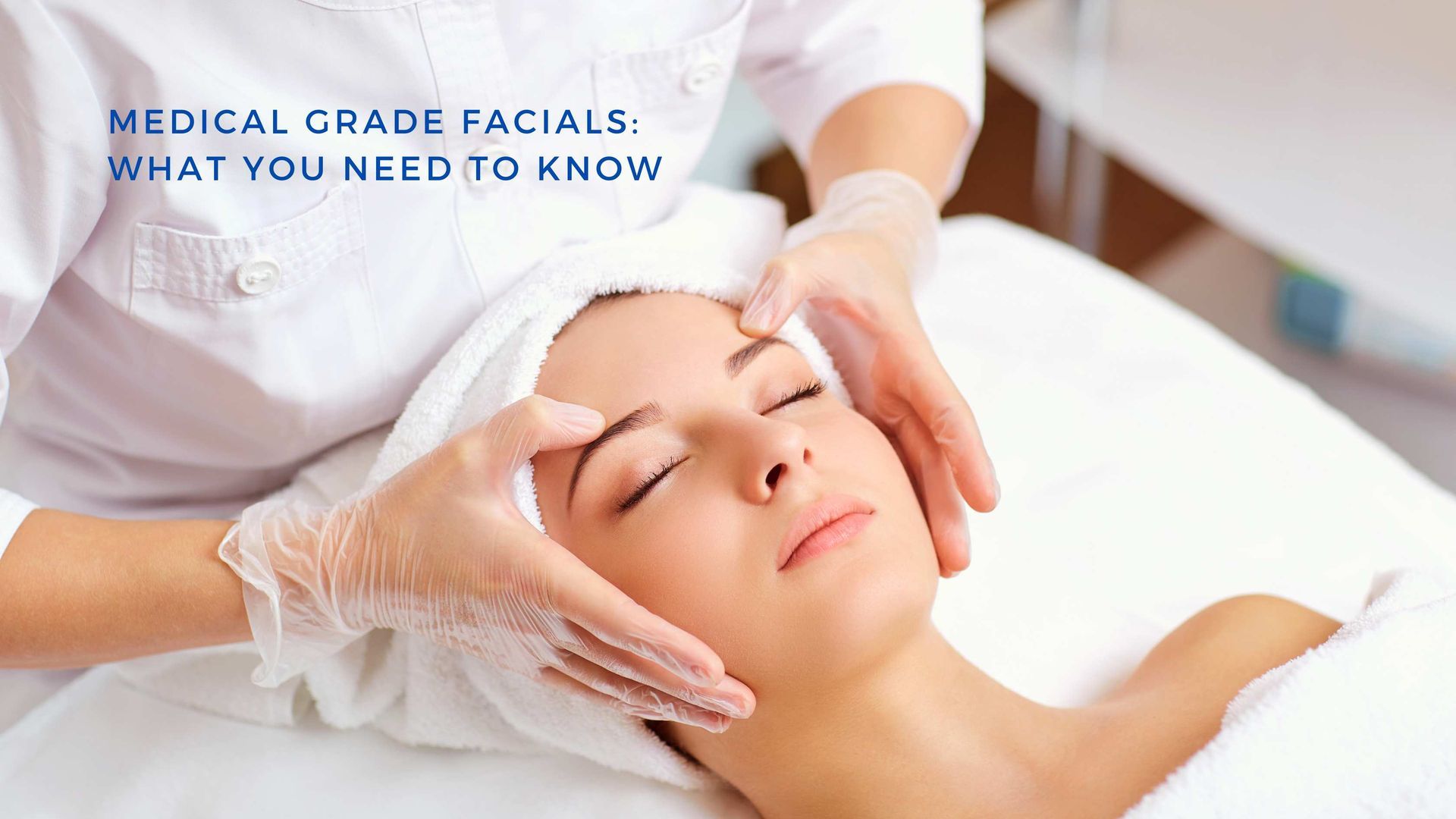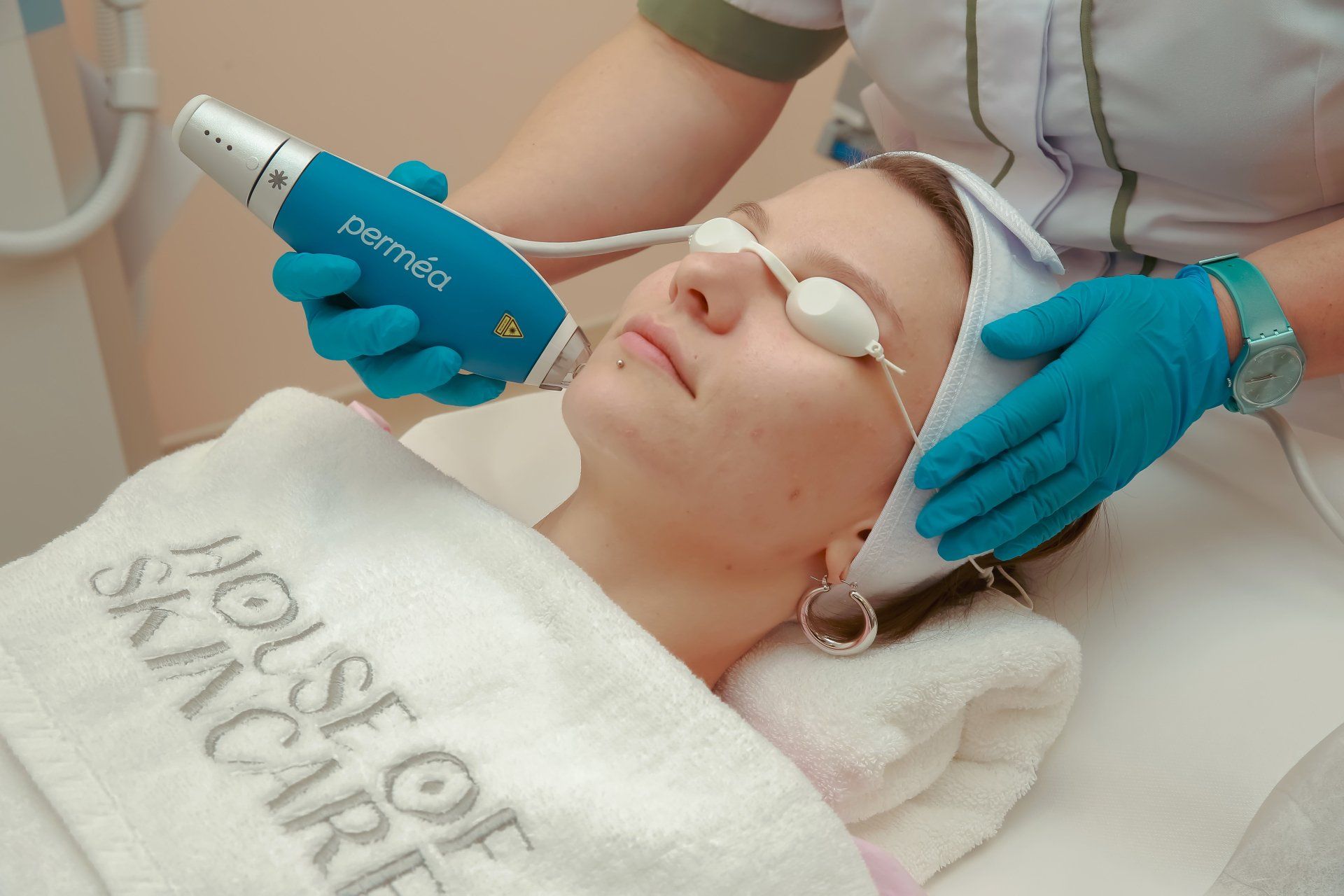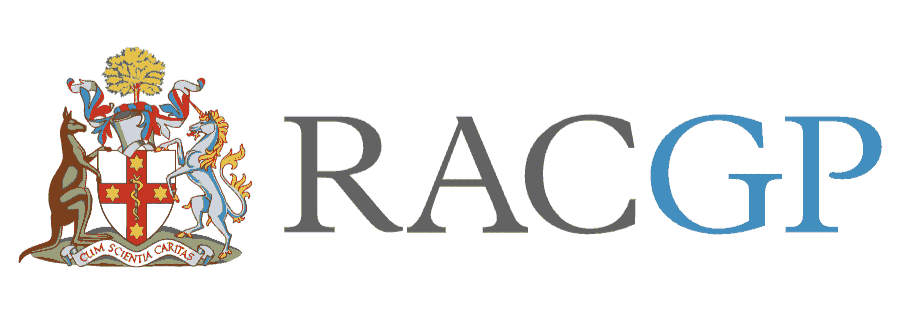Photoaging and what we can do about it.
With the Australian summer just around the corner, it's crucial to address the pressing concern of photoaging, a consequence of prolonged sun exposure. The damaging ultraviolet (UV) radiation from the sun can wreak havoc on our skin, resulting in visible signs of premature aging and potential health risks. In this comprehensive article, we will delve into the profound effects of photoaging and explore an array of effective field therapies that offer a robust defence and mitigation strategy.
Understanding Photoaging and more:
Photoaging represents the hastened aging of the skin due to continuous UV radiation exposure. This unsettling phenomenon materialises in the form of unwelcome skin changes such as the development of wrinkles (rhytids), age spots (lentigines), a coarser skin texture, and even an elevated risk of skin neoplasia. Astonishingly, an estimated 80% of facial aging is attributed to cumulative UV exposure, underscoring the urgency of taking proactive measures.
Defensive Measures:
Sunscreens and Beyond Shielding ourselves from photoaging begins with the regular and appropriate application of sunscreen. While ancient Greek athletes might have mixed oil and sand for protection, the modern world offers sophisticated broad-spectrum sunscreens that effectively block both UVA and UVB rays. Nevertheless, sun protection is a multi-faceted approach. It encompasses seeking shade, adorning sun-protective clothing, and steering clear of both natural and artificial UV light sources.
Topical Retinoids:
Renewing Skin's Vitality: Elevating the fight against photoaging, topical retinoids have emerged as powerful allies. Derivatives of vitamin A, these compounds influence the differentiation and turnover of skin cells while also stimulating collagen production, which significantly enhances overall skin health. Their far-reaching benefits include mitigating dyschromia, smoothing fine and coarse wrinkles, and even exhibiting anti-inflammatory properties.
Alpha-Hydroxy Acids:
Nature's Exfoliators: Unveiling the potential of nature, alpha-hydroxy acids (AHAs) have taken centre stage in cosmetic and dermatological practices. Naturally present in dairy products, fruits, and even sugar cane, AHAs facilitate skin exfoliation, cell growth, and collagen production. This transformative process leads to the reduction of fine lines, wrinkles, and solar lentigines, promising a rejuvenated and more youthful appearance.
Targeting Precancerous Changes:
Field Cancerisation Treatments: Undoubtedly, photoaging's impact transcends aesthetic concerns, as it can also usher in precancerous changes. "Cancerized field" treatments emerge as a comprehensive solution, addressing both visible and latent lesions stemming from sun exposure. This versatile range of treatments encompasses topical creams and advanced therapies like photodynamic therapy (PDT), thus reinforcing the holistic health of the skin.
Chemical Peels and Laser Resurfacing:
Rejuvenating the Skin: Ancient practices have paved the way for modern cosmetic procedures, exemplified by chemical peels and ablative laser resurfacing. Chemical peels introduce controlled skin damage, triggering the regeneration of healthy tissue and improving overall skin tone. Ablative laser resurfacing takes the concept further, delicately removing damaged skin layers and ultimately reducing the visible signs of photoaging. While these treatments wield transformative effects, it's essential to balance their benefits with potential side effects.
Innovative Approaches: A Multitude of Choices:
Expanding the arsenal against photoaging, modern dermatology offers a range of innovative treatments.
Platelet-Rich Plasma (PRP) Therapy:
PRP therapy stimulates collagen production and tissue regeneration.
Dermal Needling (Microneedling):
Microneedling triggers the skin's natural healing process and collagen production.
Radiofrequency (RF) Microneedling:
Combining microneedling with RF energy tightens skin and stimulates collagen.
Laser and Light Therapies:
Fractional lasers, intense pulsed light (IPL), and more target various photoaging concerns.
Hyaluronic Acid Fillers:
These injectables restore lost volume and smooth out wrinkles.
Injectable Neurotoxins:
Neurotoxins like Botox relax muscles, causing wrinkles and fine lines.
Combination Therapies:
Personalised combinations of treatments offer comprehensive rejuvenation and management of photoaging.
Conclusion:
Embracing the upcoming Australian summer necessitates a profound understanding of photoaging's implications. Armed with a spectrum of field therapies, ranging from sunscreens and retinoids to alpha-hydroxy acids, chemical peels, and advanced laser treatments, we possess the tools to combat the effects of cumulative sun exposure. By integrating these therapies into a robust skincare routine and maintaining preventive measures such as consistent sunscreen application, shade-seeking, and protective clothing, we can fortify our skin's defences and responsibly enjoy the sun.
In addition to these proactive steps, prioritising your skin health involves regular consultations with qualified professionals. Regular skin checks and discussions about appropriate treatment options are paramount.
At Beach Road Surgery & Skin Clinic, our commitment to community well-being is unwavering. Through an array of services, spanning skin checks to advanced treatments, we are dedicated to enhancing photoaging and ensuring skin cancer prevention. With our experienced team of professionals guiding your skincare journey, you are taking a proactive stride toward both aesthetic excellence and comprehensive skin health. Together, we can confidently embrace the vibrant Australian summer, knowing that our skin's vitality is expertly nurtured and protected.


